The relationship between a dog and its owner is special and unique. Like every relationship, there are certain boundaries and expectations that both must keep and follow. In the case of a pet dog, they need to be satisfied with their love and care as they solely depend upon you. And you, as the parent, need to be able to give unrequited love and attention and simultaneously show who the leader is. This is where training your dog plays an important part. As an untrained dog will be a nuisance to live with or carry in public. Read 5-minute basic dog training exercises that will make a living together more manageable and more pleasant.
Is There A Right Way To Train A Dog?
Dog training is about looking at your dog from a new perspective, focusing on positive reinforcement, and rewarding good behavior. Getting your dog to listen to you is not as complicated as you think.
Training your dog is an easy way to improve their behavior and ensure that they avoid stressful and dangerous situations. The only thing to consider is what will be the right time, duration, and approach to training your dog. And frankly, you are the best judge of it. Knowing when your pet is excited and ready to learn new commands and what type of rewards will work best should be decided by you.
However, it is essential to keep certain aspects in mind when starting with 5-minute basic dog training exercises:
- The reward for responses – Its dog nature to expect a reward and understand what they did had made you happy, and they should continue doing it.
- Resist repetitions – It will just lead to a frustrated you. Try to work around what is distracting your dog so it cannot respond at the earliest.
- Be consistent – Training regularly for the same commands will help them get the hang of it. Do not create huge duration gaps between training sessions.
- Facilitate preferred outcomes – Don’t ask your dog to do something you know they won’t be able to. Help create an environment or circumstances which will make it easier for them to follow or execute the command.
- Avoid punishing at all costs – They are emotional beings and are agitated or discouraged by punishments and yelling. Give them some space and start all over again if need be.
What Daily Training Should I Do With My Dog?
Obedience training is vital to consider when you adopt a new dog, regardless of age. A well-behaved pup should respond to the directions: Sit, Down, Stay, Come, and Wait or Leave it. By teaching your dog these commands, you’re helping them become a good canine citizen.
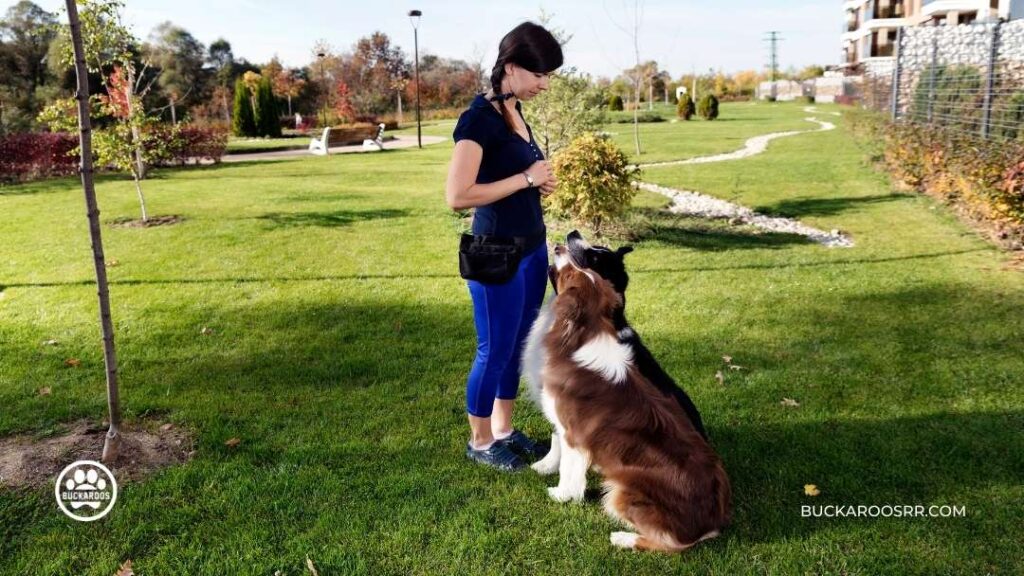
‘Sit’
To teach your dog the ‘Sit’ command:
- Ensure you are in a familiar place in the house and free from all distractions.
- With a treat in your hand, try to hold it above your dog’s head so that they sit to look up at it.
- If not, move the treat back and forth until they are sitting and reward them with the treat and verbal praise.
Repeat the gesture by adding a hand signal and verbal command and rewarding them every time they respond. Go on to this exercise for 5 minutes and continue the same routine in a new place next time for another short duration. Make sure to lessen the treats and switch to ‘good job’ or another praising.
“Sit” is a command that most dogs will understand easily since it is a natural concept. Even dogs who are new to training can catch on to the command with just a few sessions. Additionally, “sit” is a transition command, meaning that once your dog understands how to sit, you can move on to teaching other commands.
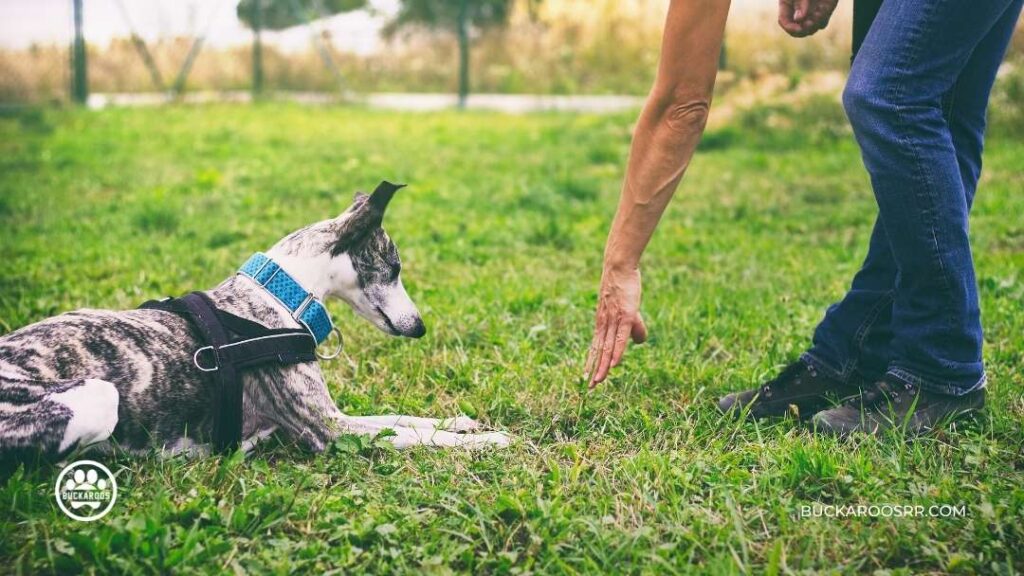
‘Down’
The down command is not only a great way to get your dog to listen to you, but it’s also a great way to transition into more complicated tricks like rolling over or playing dead.
This command is also not very difficult to teach and can be practiced as a quick 5-minute basic dog training exercise. Start with a ‘Sit’, and once your dog is all ears and focused, take a treat in one hand and lower it to the ground. Make sure your dog can see the treat or knows you are holding one. Make them bring their head down to the floor, and you can initially guide them to bring their paws forward. Once they are in the desired position, let them have the treat.
Practice the command with a verbal ‘Down’ and a hand gesture so they can follow even if you only signal it with your hand. This position will help your pet relax and give you some time off.
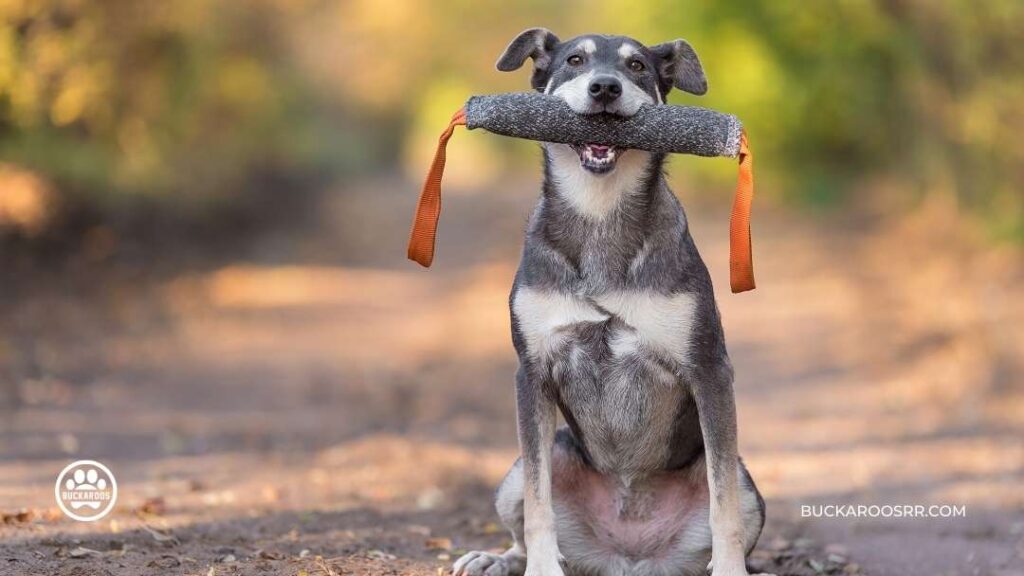
‘Stay’
Something similar to ‘Sit’ but more of a pause rather than a relaxed position. A dog trained to ‘Stay’ will not run around even when not on its leash. Some dogs take time to master this position, but it is an imperative command and should be included in the 5-minute basic dog training exercises. It works well when you need those extra moments to prepare something for them or while serving food.
The training is similar – keep some treats at hand and practice until they become pros. Of course, the word ‘Stay’ has to be loud and clear.
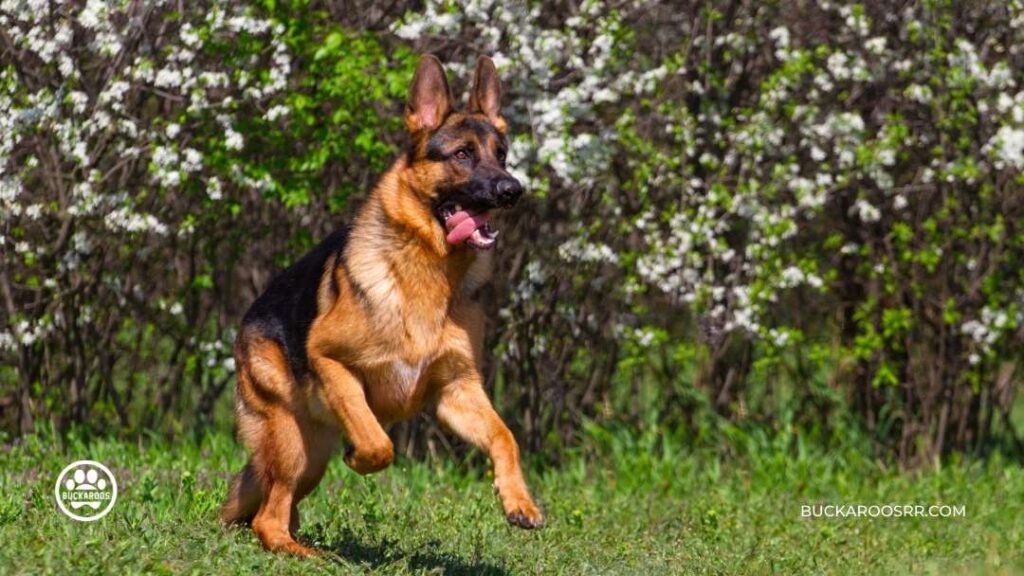
‘Come’
Leash or off-leash; this command keeps your buddy near you. It’s a simple call for them when they are out of sight at home or decide to wander while walking outdoors.
To start training, keep your dog on a long leash but in a confined place. Show a treat in your hand and call out ‘Come’. Your dog will probably come running to get the treat, and you must appreciate the effort. Repeat the command, and if it doesn’t work the first time, you can start again. 5 minutes of this exercise daily will have your pet come running to you every time you call them out. Watch the video here
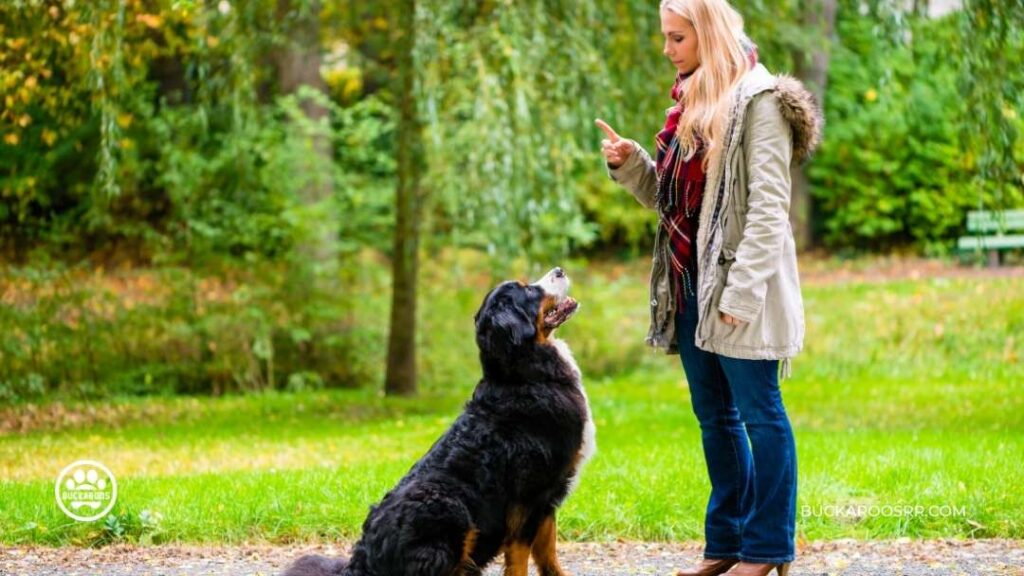
‘Wait or Leave it’
As toddler or dog parents, we know this command is necessary. Dogs are inquisitive creatures, but this curious nature can sometimes get them into trouble or danger. Hence the command ‘Wait or Leave it’ should be understood as something they shouldn’t be doing or must let go of.
You can train them by placing a treat on the floor, and as soon as they approach it, you cover it with your hand and cue ‘Wait or Leave it’ once they back off, you can take the treat in your hand and then feed them. Repetition is the key to success, and go friendly and easy as this may take time, and you might want to practice this command in different situations.
You may also include keeping the dog off the couch, especially if they have a habit of jumping on them. You can either associate another command with it or say “Wait or Leave it’ when on the couch means they need to get off immediately.
To Sum Up
Training your dog effectively is all about communication and understanding. You have to be patient because it takes time for your dog to learn what you’re asking of them. And just like you wouldn’t give up on learning a new skill, don’t give up on training your dog. It’s important to remember that you can’t demand obedience from your dog – instead, think of training as a way to build a positive relationship with clear communication. When you’re both on the same page, you’ll be able to share an extraordinary life full of fun adventures.





